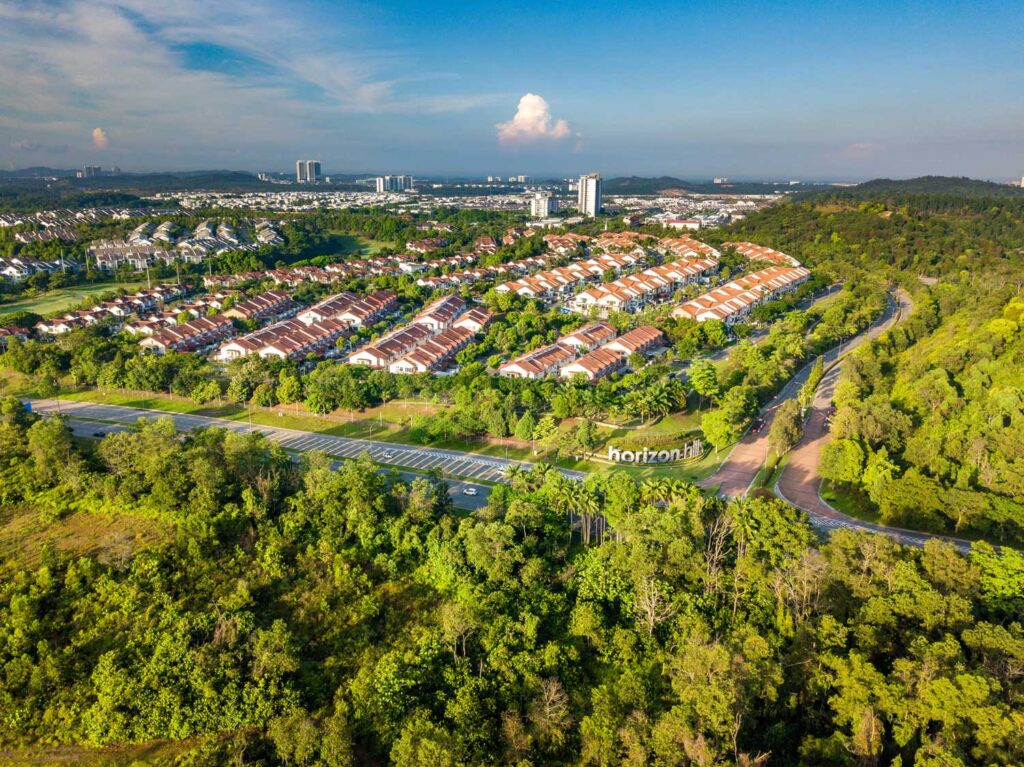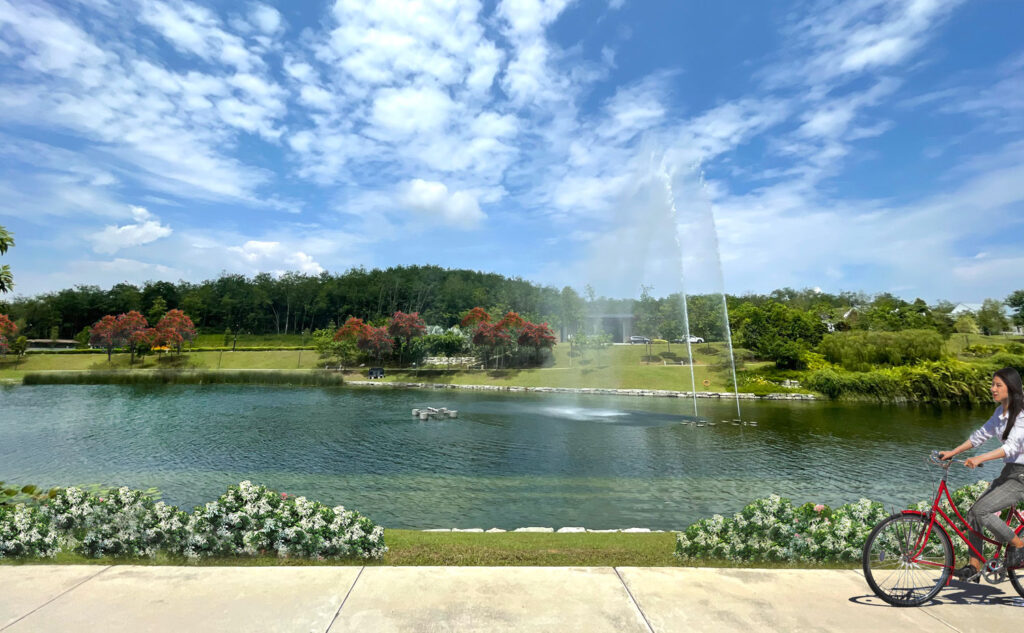Connecting People and Nature through #OneMillionTrees

On a planet inhabited by 7 billion people worldwide, the Earth system is under increasing threat with climate change, biodiversity loss, pollution and more. With rapid urban development magnifying the risk of environmental hazards, more parties are now turning to property development leaders for solutions.
The main question is: What steps can property developers take to create mindful implementation and maintenance of green townships? More importantly, how can we adapt design and planning to the 21st century, whilst still supporting the growing and affluent human societies?
To answer these questions and more, we turn to Khariza Abdul Khalid, Chief Operating Officer of Gamuda Parks, to share the environmental and biodiversity conservation agenda that drives the Group’s ESG-driven targets set forth in the Gamuda Green Plan 2025.
To begin, we first seek to understand what are some of the main components of natural landscaping that must be present, and why they are important. Natural landscape elements include hills, lakes, landforms as well as flora and fauna. While these may seem as common elements incorporated to beautify spaces, Khariza emphasised that “We must look into using landscape not only for aesthetic purposes but also as a way to building mutually benefitting relationships between nature and its residents”.
Taking lakes as an example, their purpose extends beyond being a water storage or retention unit. To name a few, lakes can act as flood mitigation during heavy rains. Series of cascading lakes can reduce floods as well as cool down the environment. Natural streaming waters from upper to lower levels can also help mitigate oxidation and stagnant water quality. As sediments deposit at the bottom of ponds, water that flows through aquatic plants can help filter finer pollutants.
A prime example of a township that leverages natural landscapes for greater purposes is Gamuda Gardens— a multiple award-winning 810-acre township nestled amidst the forested hills of Northern Klang Valley. Here, we integrate play structure from the natural topography to footpaths. Vegetated swale drains help mitigate floods, and woodland planting is planned according to the land to create a seamlessly integrated whole.

Being part of townships that prioritise nature conservation also encourage residents to be more environmentally responsible and cultivate biodiversity ownership. By living in an environment that benefits them aesthetically, socially and economically, we can start to see how this translates to changed positive community behaviours. For instance, residents are able foster a sense of care for their living space, consequently encouraging community participation in activities such as recycling and composting. In the long run, a future generation of environmentally conscious consumers will grow to care for the Earth much better than we have before.
One of the ways Gamuda Parks continuously enhance the presence of biodiversity within its developments is through conducting biodiversity audits. One such project that originated from these audits is the #OneMillionTrees project; an aim to nurture and plant one million trees and saplings across our townships by 2023. What started off as a simple data collection to compare old and new developments, its analysis has since spurred a greater understanding of the number of trees required as a township baseline. From there, we set out to establish a nursery of trees to implement tree-planting strategies such as long-term seed gathering and native species conservation.
So far, 302, 081 trees have been planted throughout our townships and developments. This project contributes to the larger goal of combating climate change, with the diverse environmental and social benefits trees bring, such as:
- Improve community health and well-being by removing air pollution, reducing stress, encourage physical activity and promote social connection and community.
- Provide evaporative cooling effect and ability to shade buildings, which can help decrease air temperatures by 1-2°C and decrease demand for air conditioning.
- Improve air quality and lower greenhouse emissions by filtering air pollutants and sequestering carbon dioxide
- Reduce runoff and improves water quality by absorbing and filtering rainwater; consequently, helps to prevent floods.

“The process for such an ambitious project was a tremendously strenuous task yet rewarding investment. By creating a nursery with more varieties in our planting template, we are taking a bold step towards curating the next urban forest”
– Khariza Abdul Khalid,
Chief Operating Officer of Gamuda Parks
While the deadline of the #OneMillionTrees project is expected to end in 2023, Khariza assures that their commitment will not stop there. Echoing the national agenda to preserve biological diversity and to commensurate with our collective fight against climate change, the project is expected to extend beyond 2030.
To date, Gamuda Parks has worked with partners and experts in their own field such as Forest Research Institute Malaysia (FRIM), Wetlands International Malaysia, higher institutions such as UiTM and UPM as well as many non-governmental organisations. “Through these partnerships, we strongly believe that the increased network and mutual interest would upscale collaboration impacts, whilst instilling potential partners to be our allies in biodiversity stewardship,” Khariza says.
In the grand scheme of things, Khariza stresses that we must bend the curve in the future of design and planning. Reiterating from Misha Ketchell, the editor of The Conversation on ‘How to Reverse Biodiversity Decline by 2050’, governments need to unite with a renewed ambition to establish large-scale conservation areas located in valuable hotspots worldwide. The location of these areas and how well they are managed is often more imperative than how big they are. Hence, habitat restoration and conservation efforts need to be targeted where they are needed most. To build the necessary momentum, only a comprehensive set of policy measures can evolve our relationship with the land and rapidly fight against climate change, and it starts with us.

